Excellent images and reports in this thread. We just got back from the hometown of Tamworth from holidays and have some photos from the 29 th of December storms around Tamworth,
1st shot is looking south east towards the Great Dividing range of a departing storm half an hour before the main storm hit,
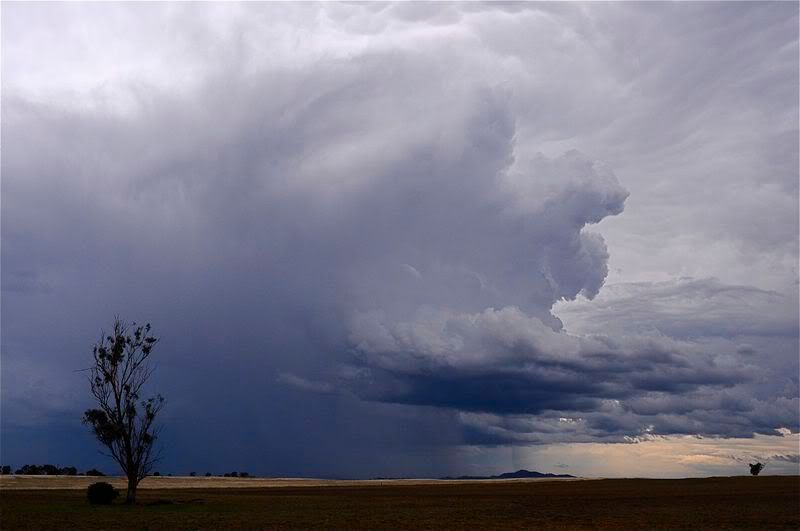
Main storm coming over the Melville ranges that hit town with winds to 100kph recorded at the airport,
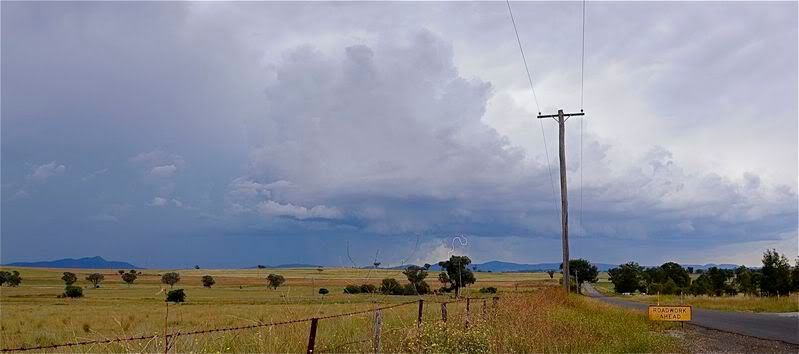
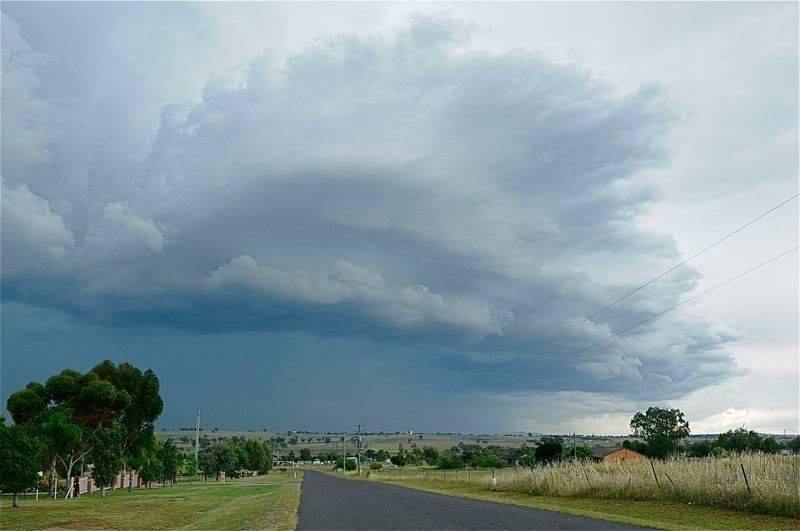
In the following shot you can see a Dash 8 coming in to land at the airport as the front approaches. Those who love turbulence would have enjoyed this landing,
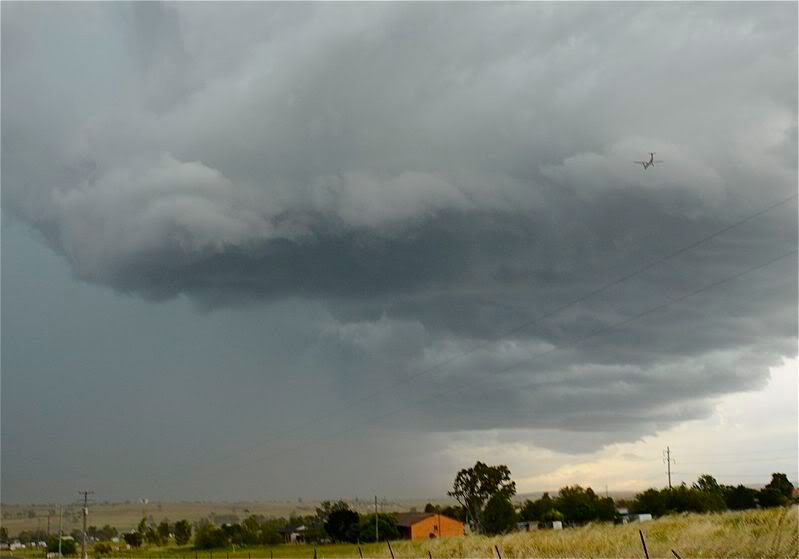
This one of a developing LP cell to the north late in the day,
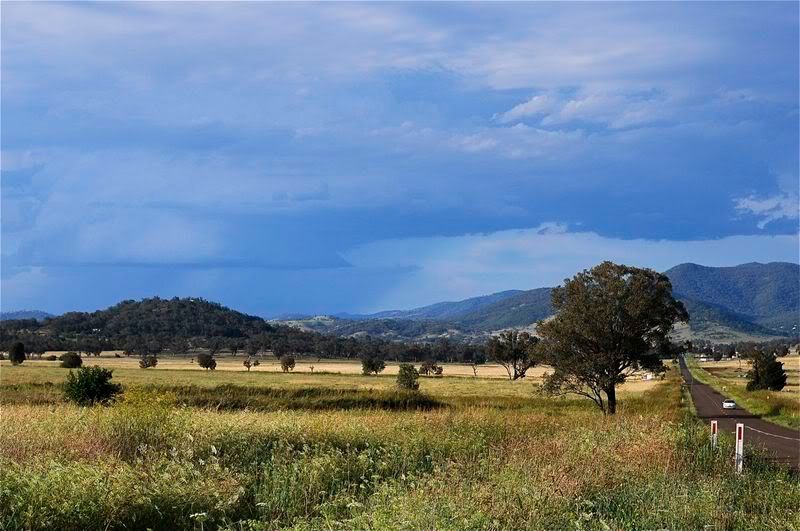
and finally the overshooting top of a storm to the east just after midday, possibly the Comboyne cell that produced 6cm hail as mentioned earlier in the thread

Cheers, Con.